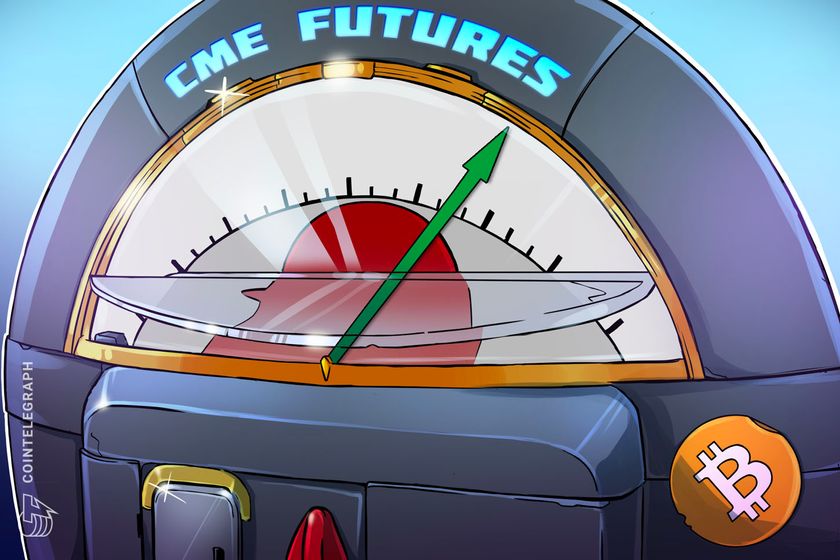Bitcoin futures open interest on CME nears 2021 all-time high


The futures positioning on CME shows Bitcoin could still move higher from its current price, says IG Australia analyst Tony Sycamore.
Bitcoin (BTC) futures open interest has reached $5.2 billion on the global derivatives giant Chicago Mercantile Exchange (CME), $200 million shy of its late October 2021 all-time high.
Open interest in CME’s Bitcoin futures has grown from $3.63 billion to $5.20 billion over the last 30 days, to Coinglass data. The open interest surge has run parallel to Bitcoin’s 26% gain over the same time, with Bitcoin currently trading at just over $44,000.
From Oct. 1–21, 2021, open interest in CME’s Bitcoin futures surged from $1.46 billion to $5.45 billion.


























